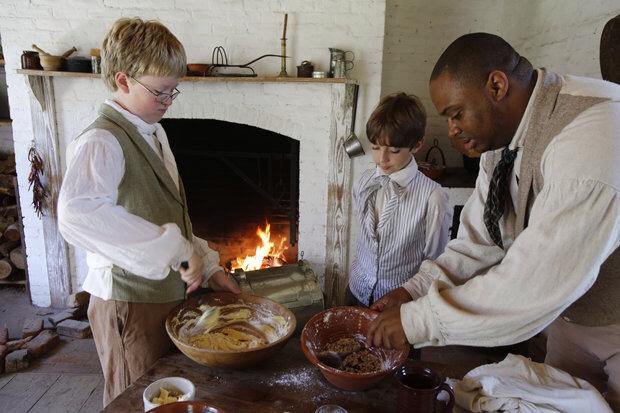
.jpg)

The Guardian claimed fonio would be “the grain that would defeat quinoa as king among foodies” in 2014 nearly a decade later, Civil Eats asks whether it’s the “ancient grain of the future?” In 2010, The Atlantic documented the rising interest in freekeh nine years later a similarly titled New York Times piece “ An Ancient Grain Brings the Warmth ” was published.

Food media have continued to rediscover these “ancient grains” over and over. Depending on what part of the country you live in, you may be able to find locally grown grains programs like the Heritage Grains CSA, Adagio Acres and Bluebird Grain Farms offer subscribers the opportunity to try a number of local products.īoth freekeh and fonio have become trendy in the last decade or so, as marketers have latched onto their smoky or nutty flavors and nutritional benefits. Some, including heirloom varieties, you can only find at farmers’ markets and online purveyors. If you start looking for whole grains, it’s likely others are stocked at your local grocer – bulgur, cornmeal and quinoa. But the most known grain outside of rice is likely barley, often used in soups and porridge or ground into flour for baking. I loved it,” he writes in his new cookbook “A Season for All Grains.” “I wrote this cookbook because I want you to love whole grains as much as I do, and I want you to realize it doesn’t take a lot of effort to incorporate them into your cooking life.”Īlthough he incorporates whole grains like spelt, freekeh, bulgur, wheat berries, barley, millet, quinoa and more into his restaurant menus, farro is still McFadden’s favorite grain. “Chewier, denser texture, deeper flavor, starchy enough to be creamy but not mushy. Portland chef Jeremy McFadden first discovered farro while in culinary school in Italy, and preferred the grain for making risotto. Beyond the white rice, bread or pasta (or the occasional replacement of brown rice or whole wheat items), a larger world of grains provides an opportunity to expand our pantry and recipe repertoire.Īs the chef at Michigan’s Granor Farm, Berens saw a vast diversity of grains being grown and began to use the “underappreciated staples” for more than hot breakfast porridge or baked goods. “I never took much notice of different grains or legumes,” writes chef and cookbook author Abra Berens in her new cookbook’s introduction, a refrain many can likely relate to.Ī series of new whole grains cookbooks, including Berens’ “Grist,” give Anderson and others more than enough reason to pay attention and be excited about these ingredients. While white and brown rice varieties pack supermarket shelves, finding alternatives such as buckwheat or amaranth can be tricky. Even without these preconceived notions, it may be that whole grains just haven’t come on your radar.


 0 kommentar(er)
0 kommentar(er)
